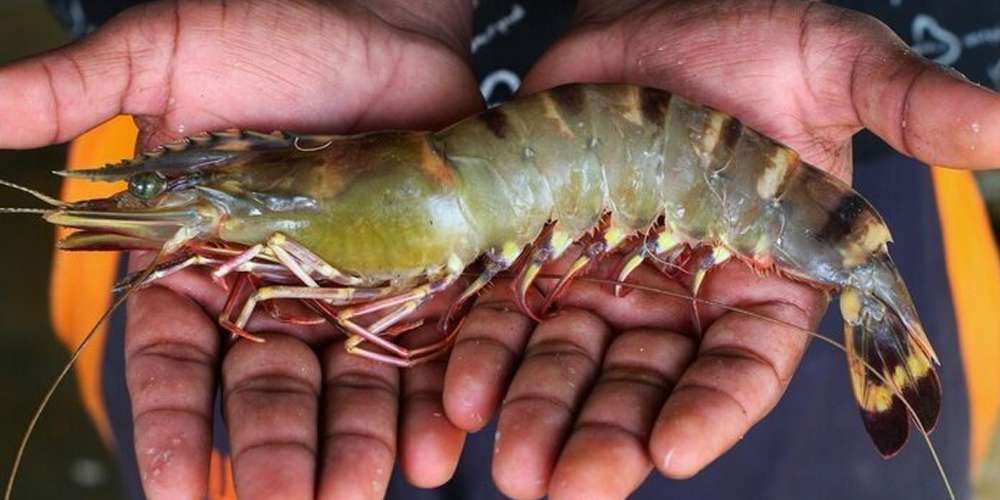
Tiger Prawn Culture Fish: An Overview
Tiger prawn (Penaeus monodon), also known as the giant tiger prawn or black tiger shrimp, is one of the most commercially significant shrimp species in aquaculture. It is widely cultivated due to its rapid growth rate, high market value, and adaptability to different farming conditions. This species is native to the Indo-Pacific region and is widely farmed in countries like India, Thailand, Vietnam, Bangladesh, and Indonesia.
Habitat and Characteristics
Tiger prawns are typically found in estuarine and coastal waters, preferring brackish environments with moderate salinity. They have a distinctive black and orange-striped shell, giving them the "tiger" name. These prawns can grow up to 33 cm in length and weigh over 150 grams, making them one of the largest commercially farmed shrimp species.
Culture Methods
Tiger prawn farming is conducted using different methods, including:
- Extensive Farming – Practiced in traditional ponds, where prawns rely on natural food sources with minimal human intervention.
- Semi-Intensive Farming – Involves moderate stocking densities and supplemental feeding, along with some water quality management.
- Intensive Farming – Utilizes high stocking densities, aeration systems, formulated feeds, and regular water monitoring for maximum yield.
These prawns are farmed in specially designed ponds or tanks with controlled salinity, temperature, and pH levels to ensure optimal growth.
Feeding and Growth
Tiger prawns are omnivorous, feeding on small fish, algae, plankton, and detritus in the wild. In aquaculture, they are fed a diet rich in proteins, including formulated pellets, fish meal, and plant-based nutrients. Proper feeding practices play a crucial role in achieving faster growth rates and maintaining healthy stock.
Disease Management
Like other shrimp species, tiger prawns are susceptible to viral and bacterial infections such as White Spot Syndrome (WSS) and Vibrio infections. Biosecurity measures, regular water quality checks, and proper stocking densities help prevent disease outbreaks.
Economic Importance
Tiger prawn culture contributes significantly to the global seafood industry, supporting livelihoods in coastal regions. The demand for high-quality shrimp in export markets like the USA, Japan, and Europe makes it a lucrative business.
With sustainable practices and technological advancements, tiger prawn farming continues to expand, offering a promising future for aquaculture.

